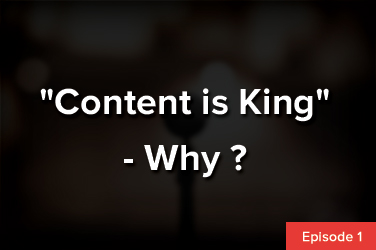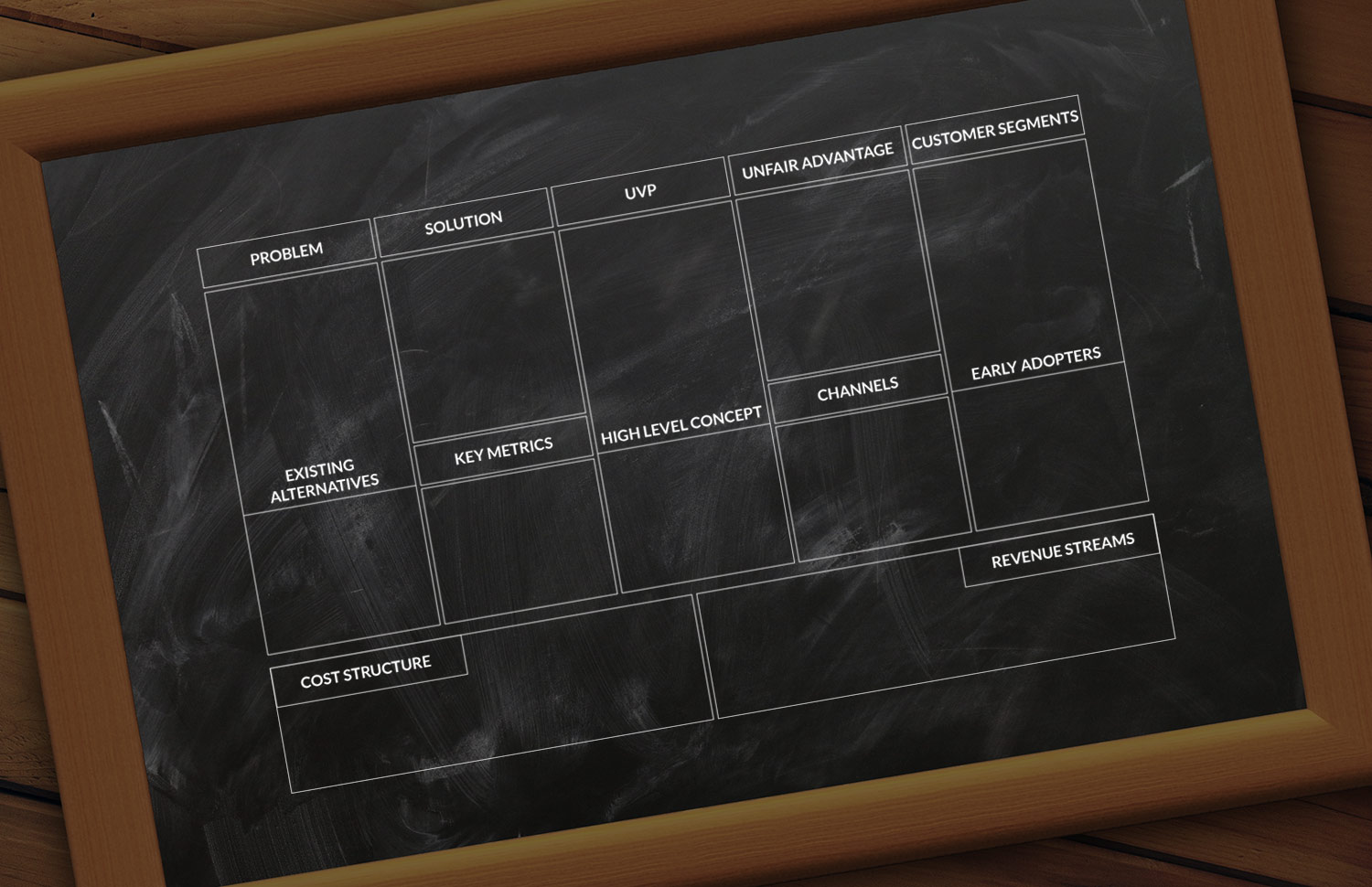The Worst Advice We’ve Ever Heard About Sales
There is some great direction, brilliant minds and creative thinkers in the world of business. These are sources we draw from, rely on and often use for inspiration, guidance and planning. Yet, like almost everything else, there are also two sides to this coin as well. For with good information, insight and assistance success is […]
-
There is some great direction, brilliant minds and creative thinkers in the world of business. These are sources we draw from, rely on and often use for inspiration, guidance and planning.
Yet, like almost everything else, there are also two sides to this coin as well. For with good information, insight and assistance success is inevitable, while following misguided and just plain bad advice certainly leads to failure. -
This holds a deeper and more meaningful message for the sales industry. Sales is not only one of the oldest vocations, it is also one of the most personal. This industry is defined by people, shaped by people and that includes years of crafting the trade. That also equates to countless years of advice, both good and bad.
Now that we have this piece of information, this advice, what then?… -
We know it is important to be a good decision-maker, right?
We also recognize that this is because those decisions guide and ultimately determine our success. Part of that decision-making process is being able to discern the difference between that good intel versus that awful advice.
Some of that bad advice may not be so easily recognized. Some bad advice is clearly obvious. Either way, this is here to help you recognize the smoke before you get too close to the fire.
The Worst Advice We’ve Ever Heard About Sales
1. It’s Not the Quality, It’s the Quantity:
Ever get those calls that come in at random and usually very inconvenient hours?
Dinner time or as you are ready to leave for work (technology has done a great job at minimizing and reducing these spam calls today) – that person on the other end either acting like a robot reading a script or sounding like your best friend for years.
That sound familiar?
Those are companies and outbound call centers aimed to make as many contacts per hour, per minute as possible. The oft-quoted Zig Ziglar said it this way:
“The top salesperson in the organization probably missed more sales than 90% of the sales people on the team, but they also made more calls than the others made.”
This may be a good strategy for people selling one-time items or not looking to build long-term business relationships. For most businesses, however, the goal is to win customers and build mutually beneficial relationships for both the company and the client.
2. Push Past Objections
Potentially the most harmful advice given, this is an old theology designed to overcome buyer objections and resistance. Many salespeople have been taught that consumers want to buy and that they often need a push in that direction.
The problem with this technique in today’s social media and internet influenced arena, is the risk of alienating customers and causing them to feel unheard. With a more personal emphasis on the buyer today, more care is given to their concerns and more effort is made to provide solutions.
There is a stronger “how can I help you” mentality today and less of a “buy this” pressure.
3. Don’t Pre-Qualify Your Leads:
Here is some bad advice that might look like good advice, because this sounds like it has some rhyme and reason to it, right?
That’s because it does.
When taken to the most literal interpretation it was meant to inform the representative to avoid making any assumptions about the “likelihood” of the contact being inclined to buy.
Every call was an assumed sale. There really isn’t anything about this sales ideology that doesn’t work,
but…
This is where the technological impact has shifted the landscape. With smarter data and data management combined with new and organic inbound lead generation (i.e. Social Media), things have changed – a little.
Technology has enabled us to create
- enough leads (Quantity),
- build relationships as opposed to using pressure sales (Push Past Objections) and then
- prioritize not pre-qualify – based on customer-driven data.
Don’t expend the greatest amount of your efforts on generating leads or qualifying customers. The answer to finding the best marketing strategy for your business is balance – then prioritize.
Contact us to get more information on finding that balance, developing that strategy or even some good advice – and we already know where that leads.
Archives by Month:
March
- Why People Buy? What key factors determine they would do business with you?
- Special Guest – Raj Smriti
- Let’s catch the Thief that is stealing your success



February
January
- The 5 Sins of Marketing to avoid for success
- How to charge what you’re worth?
- Ever heard “Content is King” – Why ?



July
- 20 Myths About Business Success Revealed
- 4 Ways to Stop Burning Money in Ads but Still Get More Customers?
- What’s the Key to Creating Successful Conversion Content? and Grow Sales!
- Inbound Marketing – Perfect For People Who Hate Selling
- The Worst Advice We’ve Ever Heard About Sales





March
- What is Buyer’s Journey & Why it matters for your business?
- 4 Reasons why your Marketing efforts are not paying off or converting?
- The Benefits of Buyer Personas and How to Get Started?
- Why We Don’t Sell Any Project Without Discovery?




February
- 10 signs your website might be ready for an upgrade
- Why your business needs a technical co-founder…and where to find one?


January
December
- Startups Business – Determining if Your Business is Ready for Funding
- Five steps to attract investors
- How to Make a Successful Startup Business Plan.
- 10 Common Mistakes New Businesses Make




November
- 10 Crucial Errors to Avoid for Startup Businesses
- Spread the Word: 4 Ways to Enhance Your Online Presence
- $100 website vs a $10,000 website? What’s the difference?
- Brochure Website vs. Sales Person Website – What Really Works for You?
- $10,000?! For a website? Is a website worth that much ?










